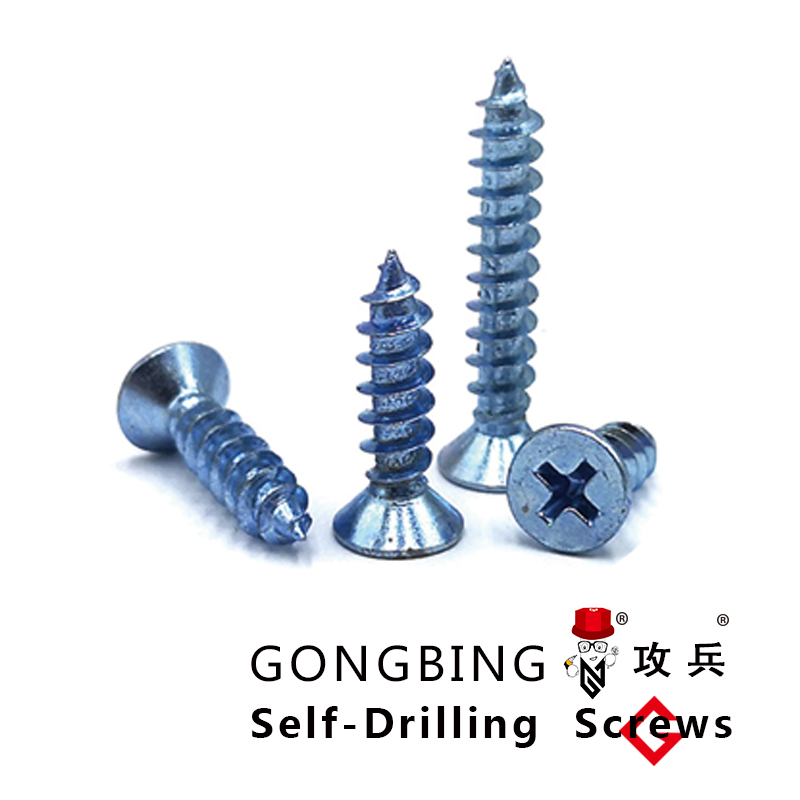bonded fasteners
Understanding Bonded Fasteners The Future of Joining Technologies
In the realm of manufacturing and engineering, the choice of joining methods significantly influences the performance, durability, and overall feasibility of a product. Among the various techniques employed in modern industries, bonded fasteners are gaining traction as a preferred solution for many applications. This article explores the concept of bonded fasteners, their advantages, and their applications across various sectors.
What Are Bonded Fasteners?
Bonded fasteners refer to fastening systems that utilize adhesive bonding as a primary method of joining materials. Unlike traditional fasteners, such as bolts and rivets, which rely on mechanical interlocking, bonded fasteners use a combination of adhesive materials and mechanical components to create a permanent bond between substrates. This method can include various materials, such as thermoplastics, metals, composites, and ceramics.
The process typically involves applying a specially formulated adhesive to the surfaces that need to be joined, followed by pressurization or clamping to ensure proper adhesion. Once the adhesive cures, the bonded fasteners provide a strong, resilient connection that often surpasses the capabilities of conventional mechanical fastening methods.
Advantages of Bonded Fasteners
1. Distribution of Stress One of the key advantages of bonded fasteners is their ability to distribute stress more evenly across the joint. Traditional fasteners can create stress concentration points, leading to potential failure. Bonded joints spread the load over a larger area, enhancing durability and performance.
2. Weight Reduction Bonded fasteners often eliminate the need for additional hardware, such as nuts and bolts, which helps reduce overall weight. This characteristic is particularly valuable in industries like aerospace and automotive, where lightweight design is critical for efficiency and performance.
3. Corrosion Resistance Many bonded fasteners utilize adhesive materials that are inherently resistant to corrosion. This quality makes them ideal for applications in harsh environments, such as marine or chemical processing industries. The absence of metal fasteners reduces the risk of galvanic corrosion, further extending the life of the joint.
4. Design Flexibility The versatility of bonded fasteners allows for innovative design options. Engineers are no longer confined to traditional fastening methods, which can limit design possibilities. Bonded joints enable the combination of dissimilar materials, allowing for more creative and efficient structures.
bonded fasteners

5. Reduced Assembly Time The process of applying adhesive is often quicker than installing multiple mechanical fasteners. Additionally, bonded fasteners do not require pre-drilling or tapping, leading to a more streamlined assembly process and lower labor costs.
Applications of Bonded Fasteners
Bonded fasteners find applications across diverse fields, including
- Aerospace In the aerospace industry, weight reduction and stress distribution are critical. Bonded fasteners are used to join composite materials and metals, ensuring optimal performance while conforming to stringent safety regulations.
- Automotive Modern vehicles increasingly incorporate advanced materials for enhanced fuel efficiency. Bonded fasteners provide an ideal solution for joining these lightweight materials, including plastics and composites, to metal bodies.
- Electronics In electronics, where miniaturization and precision are essential, bonded fasteners facilitate the assembly of components without adding significant bulk. They are used in everything from smartphones to high-performance computing devices.
- Construction The construction industry benefits from bonded fasteners for both structural and aesthetic applications. Adhesively bonded elements can enhance the integrity of building materials while allowing for unique architectural designs.
Conclusion
As industries continue to evolve toward more efficient and innovative manufacturing processes, bonded fasteners represent a significant advancement in joining technologies. Their ability to provide strong, lightweight, and corrosion-resistant connections makes them a compelling choice for engineers and manufacturers. With the ongoing research and development in adhesive technologies and bonding processes, the potential applications for bonded fasteners are only set to expand, paving the way for new and enhanced manufacturing capabilities. Whether in aerospace, automotive, electronics, or construction, bonded fasteners are shaping the future of how we join materials together.
-
Weatherproof Plastic Expansion Anchors for OutdoorNijsJun.06,2025
-
Sustainability in the Supply Chain: Eco-Friendly TEK Screws ProductionNijsJun.06,2025
-
Load-Bearing Capacity of External Insulation FixingsNijsJun.06,2025
-
Double Head Bolts: Enhancing Efficiency in Industrial MachineryNijsJun.06,2025
-
Corrosion Resistance in Chipboard Screws: Coatings for Wholesale DurabilityNijsJun.06,2025
-
Butterfly Toggle Bolts : Enhancing Structural ResilienceNijsJun.06,2025
